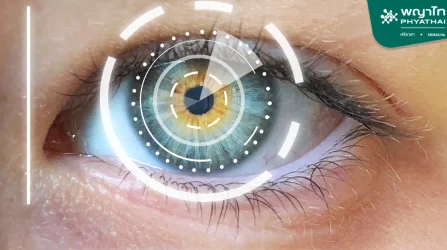Endoscopic Thyroid Surgery via the Oral Vestibular Approach (TOETVA) is a revolutionary medical innovation that enhances the quality of life for thyroid patients, particularly those with thyroid nodules. This modern treatment focuses on safety while boosting patient confidence by minimizing visible scarring and enabling faster recovery.
For further information or Booking..
Understanding Thyroid Disorders and the Importance of Treatment
The thyroid gland plays a crucial role in regulating various bodily functions through hormone secretion. Any abnormalities in the thyroid can significantly impact overall health. Common thyroid disorders include:
- Hyperthyroidism (Overactive Thyroid): Symptoms include palpitations, weight loss, and irritability.
- Hypothyroidism (Underactive Thyroid): Symptoms include fatigue, cold intolerance, constipation, and swelling.
- Thyroid Nodules: These may be benign tumors or thyroid cancer.
Innovation in Endoscopic Thyroid Surgery via the Oral Vestibular Approach
Endoscopic thyroid surgery via the oral vestibular approach emphasizes improved health outcomes and cosmetic benefits. This technique uses high-definition cameras and specialized surgical tools to access the thyroid gland through small incisions in the mouth, avoiding the traditional neck incision.
Advantages of Endoscopic Thyroid Surgery
- No visible external scars: Eliminates the risk of noticeable or hypertrophic scars on the neck.
- Boosts patient confidence: Particularly beneficial for those concerned about aesthetic outcomes.
- Minimally invasive: Smaller incisions lead to faster recovery and reduced risk of complications.
- Ideal for scar-conscious patients: Especially suitable for individuals who wish to avoid neck scars.
Steps of Endoscopic Thyroid Surgery via the Oral Vestibular Approach
- Preoperative Preparation
- Patients can eat normally but should avoid certain supplements like fish oil.
- Preventive measures to avoid colds are crucial, as a cold may delay anesthesia.
- Physicians may recommend hospital admission for one night prior to surgery.
- Surgical Procedure
- The patient is positioned lying on their back with a slight neck extension.
- Three small incisions are made along the lower lip.
- A high-definition camera with 20x magnification and specialized 30-cm-long instruments are used to access and remove the thyroid gland.
- The gland is carefully removed through the oral incisions, and bleeding is controlled at the surgical site.
- Surgery duration depends on the size of the nodule, typically lasting 2–4 hours.
- Postoperative Care
- Avoid coughing, clearing the throat, or speaking loudly for the first 24 hours.
- Follow-up visits will be scheduled for monitoring and guidance on recovery.
Results and Quality of Life Improvement
Endoscopic thyroid surgery enables patients to resume their normal lives with increased confidence. It is particularly suitable for individuals who wish to avoid neck scars and seek safe, rapid recovery options.


















